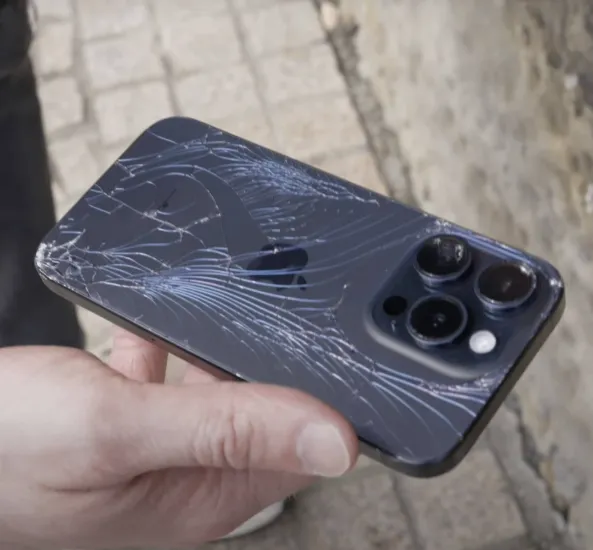Apple recently offered a behind-the-scenes look at how its products are tested for durability, highlighting the balance between toughness, repairability, and design. By showcasing these processes, the company aims to reassure users while pushing back against viral “stress test” videos that often focus solely on destruction.
Inside Apple’s Testing Labs
To demonstrate its approach, Apple invited analysts and creators, including Counterpoint Research, to observe its testing procedures. Devices like iPhones, iPads, and AirPods undergo simulations designed to mimic real-world hazards such as water exposure, extreme temperatures, UV light, dust, and accidental drops onto hard surfaces like asphalt and granite.
The tour revealed robots repeatedly dropping devices from different angles, while other machines tested wear from continuous USB-C cable use. Apple also subjected products to up to 100 hours of salt exposure and blasted them with desert dust to assess how particles affect ports and speakers. AirPods faced specialized tests that even accounted for sweat and earwax buildup.
Durability vs. Repairability
Apple acknowledges that improving durability can sometimes make repairs more complicated. Still, the company strives to strike a balance. Data shows the effort pays off—over 60% of iPhones remain fully functional for years, with only a small portion of users reporting total device failure. Most issues tend to be cosmetic, such as cracked glass or minor scratches.
Value That Lasts
Durability not only benefits users directly but also helps iPhones hold value in the resale market. Counterpoint Research reports that iPhones retain around 40% more value than comparable Android models, aided by Apple’s commitment to providing at least five years of software and security updates.
With more than 200 labs worldwide, Apple continues to invest heavily in testing, ensuring that its devices last longer, stay reliable, and often find second or even third owners through resale or refurbishment.
